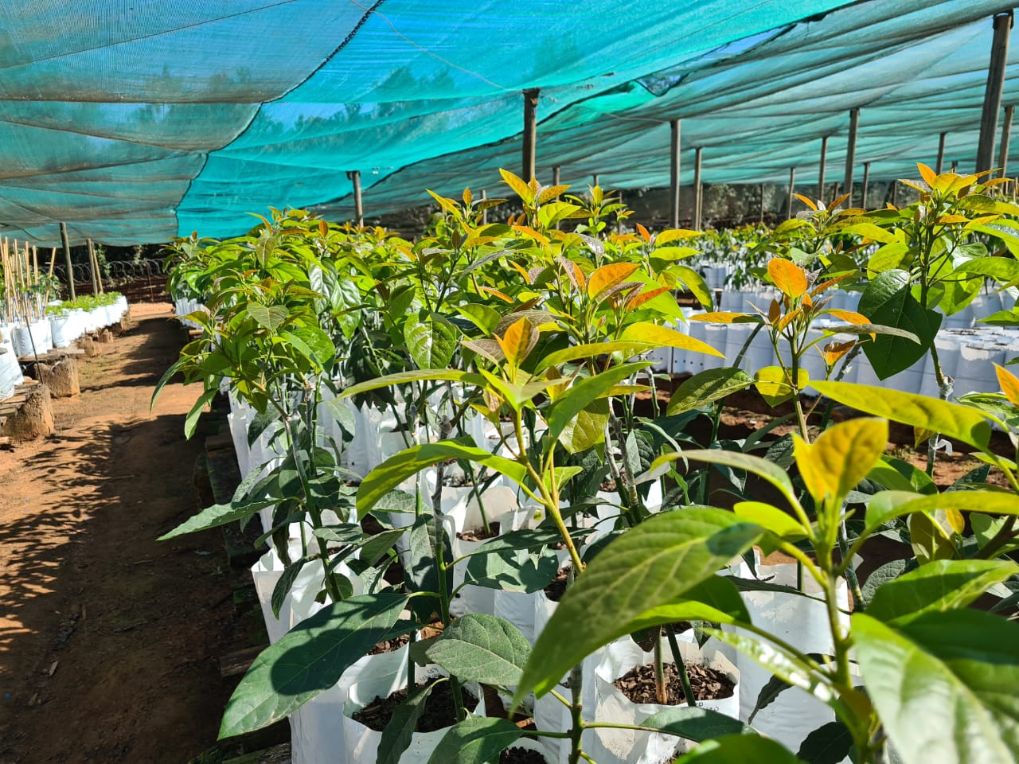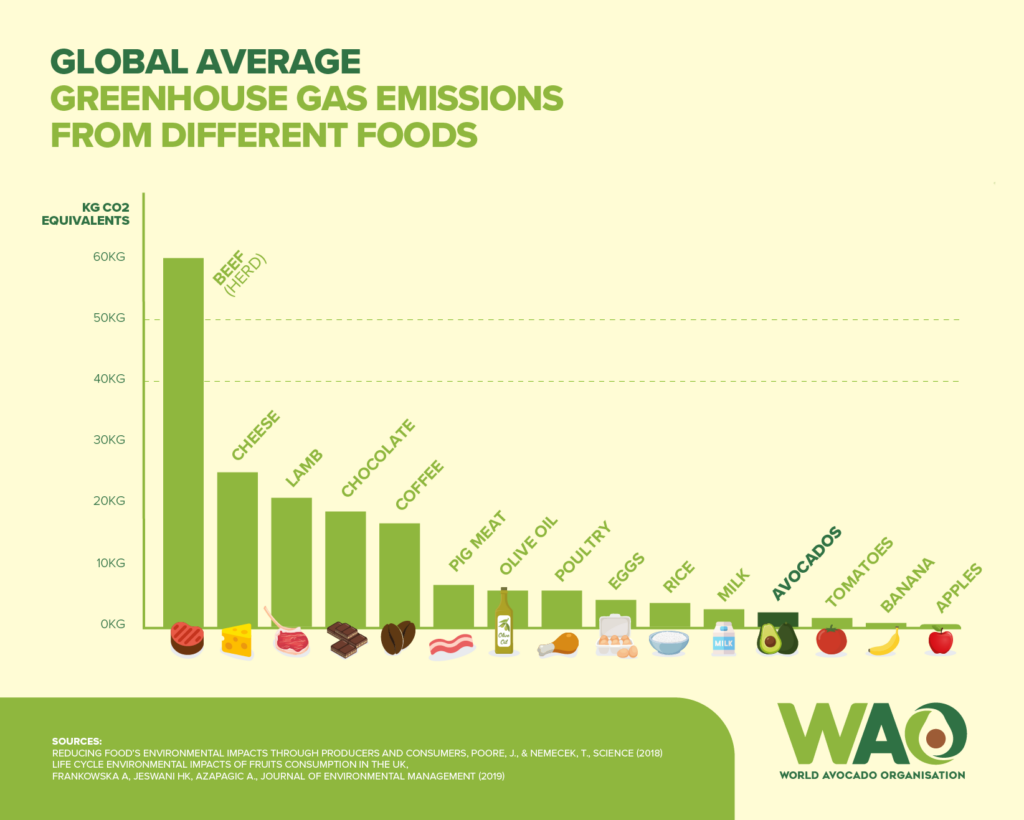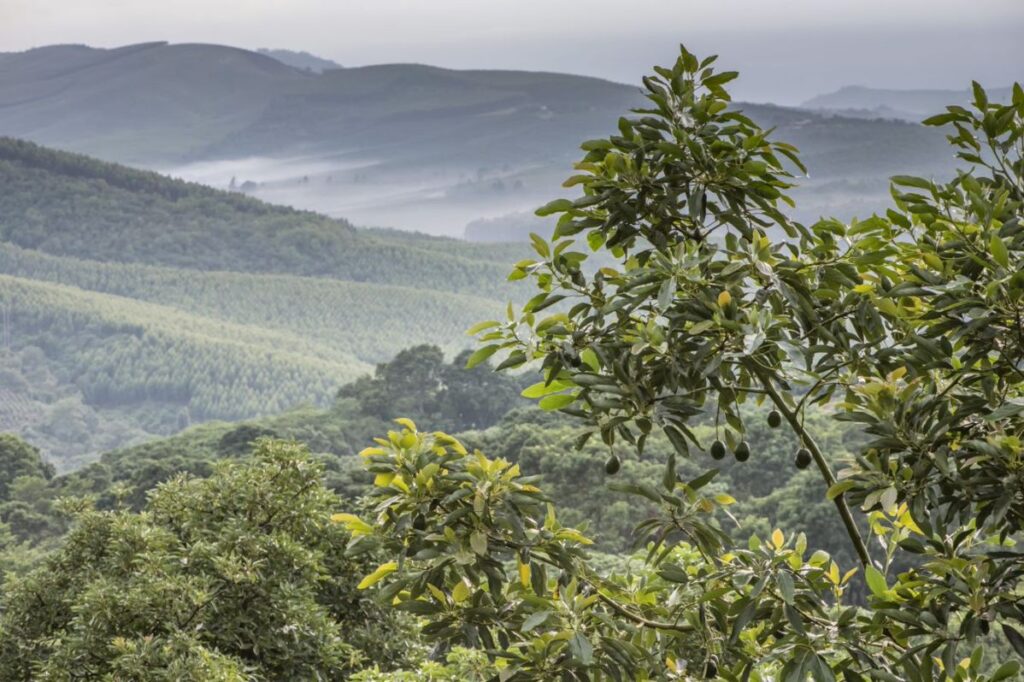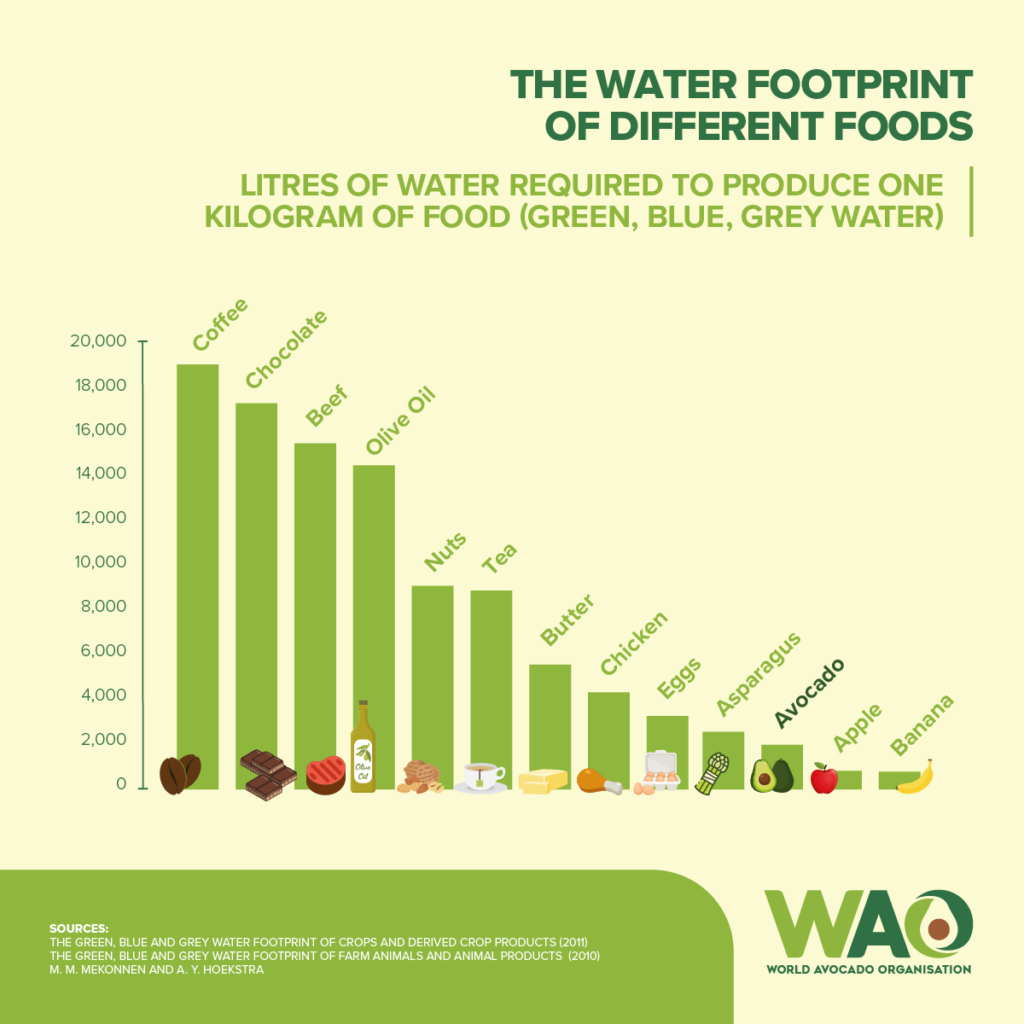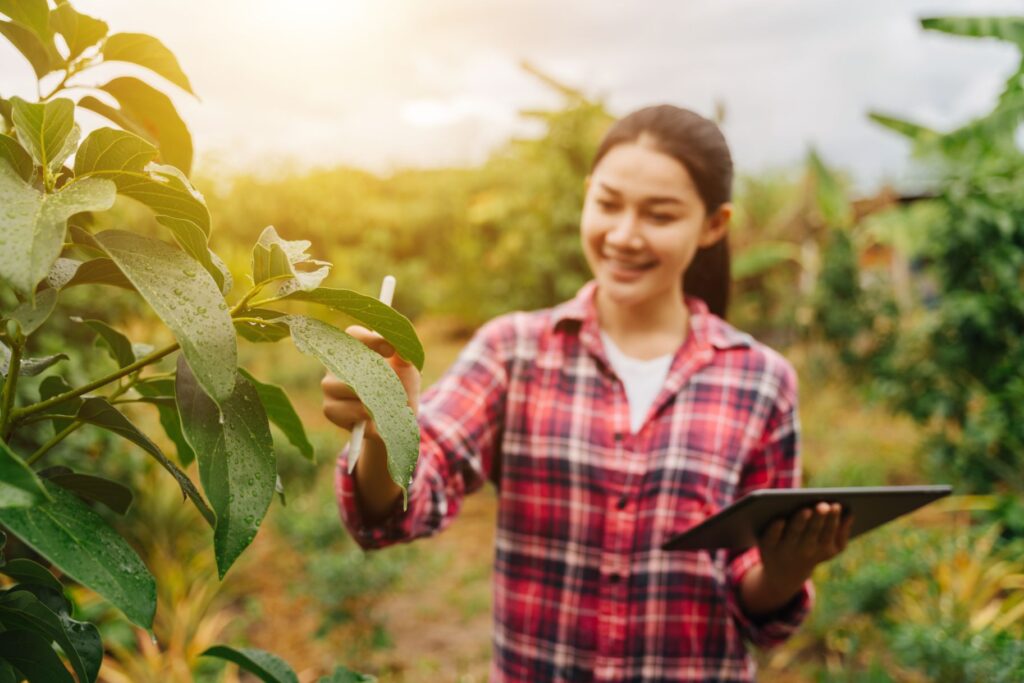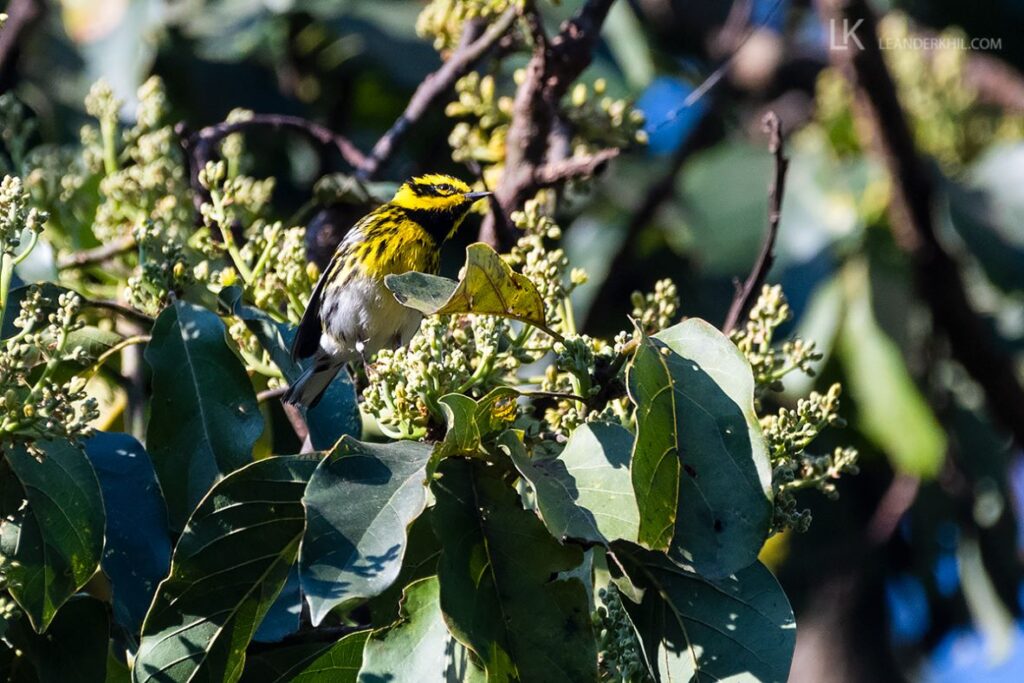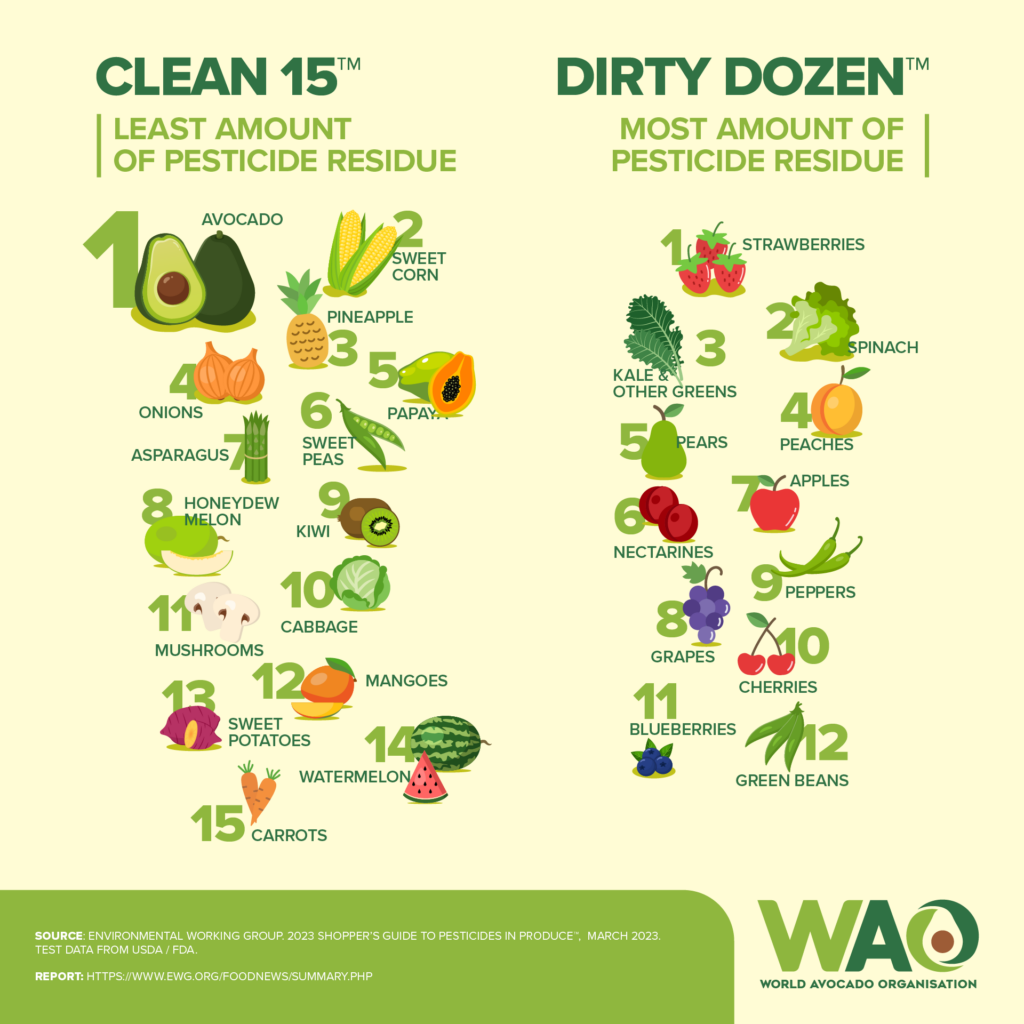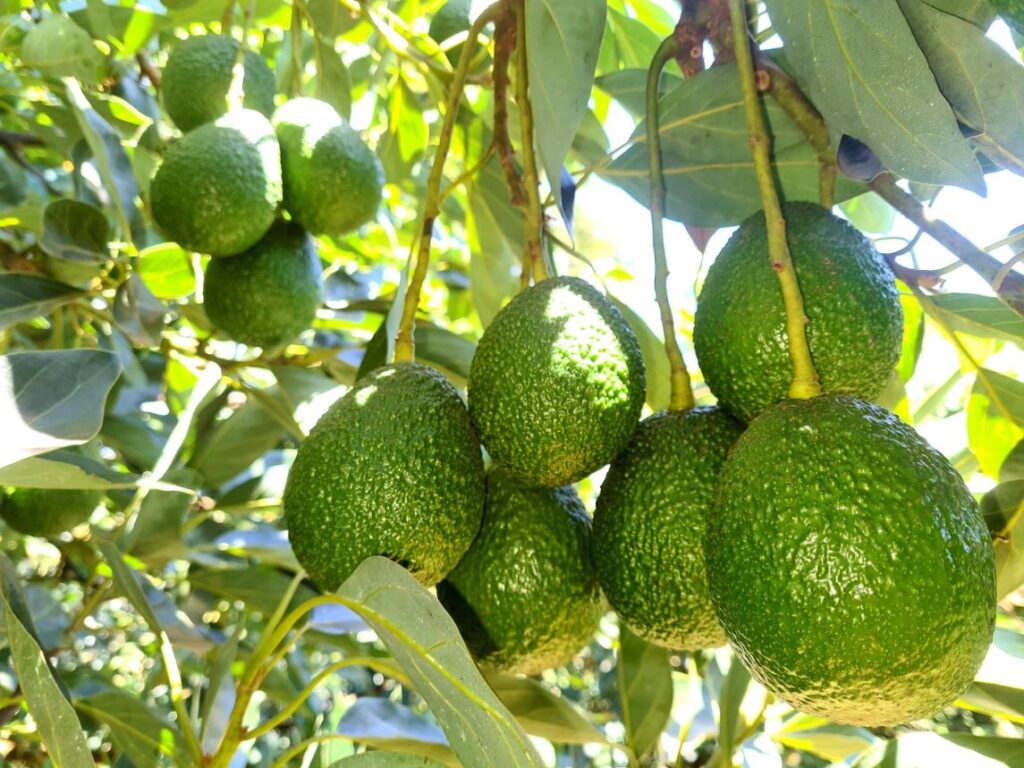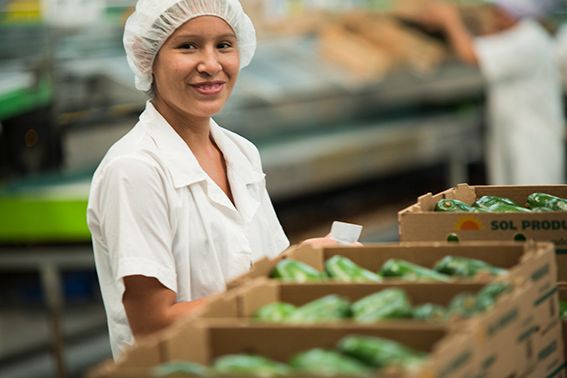Sustainable Growing
The growth season of avocados changes depending on the region. There are mainly two avocado growth seasons – in the northern hemisphere, for example in Spain or Colombia, the season will be from around November to February. In the south, in countries such as Peru or South Africa, the growth season will be from May to September.
The growth of avocados continues to become more and more sustainable with an ever-reducing ecological footprint. This, together with its high nutritional value makes avocados a more sustainable and healthier alternative to many animal-based products.
HOW AVOCADOS GROW
AVOCADOS ARE GOOD
FOR THE PLANET
Avocados have a much more positive ecological footprint than often believed – the fruit’s water and carbon footprints are significantly lower than those of a wide variety of daily consumed foods. And over the last decade the industry has been adopting new technologies and innovations that further support sustainable agricultural practices.
Avocados are good
for the local communities
Avocado production supports the livelihoods of millions of people around the world. It boosts employment, reduces poverty, and contributes significantly to the economies of many grower countries.
AVOCADO FARMING MEETS STRINGENT CERTIFICATION IN EUROPE
There is a variety of globally-recognised certifications that avocado growers and exporters must meet in order to export the fruit to Europe. These certifications ensure that the industry operates according to the most stringent ethical and sustainable farming practices. These include:


